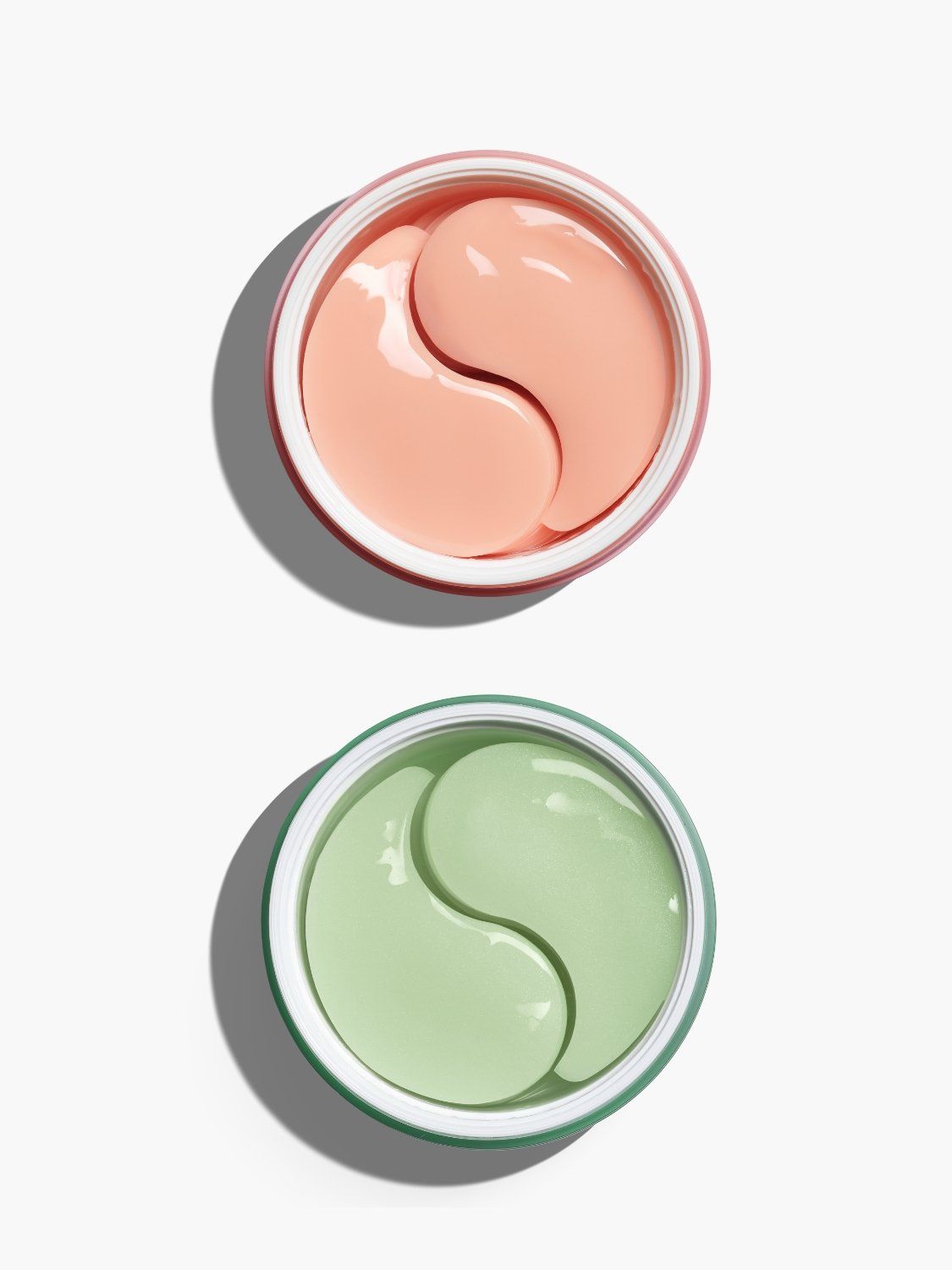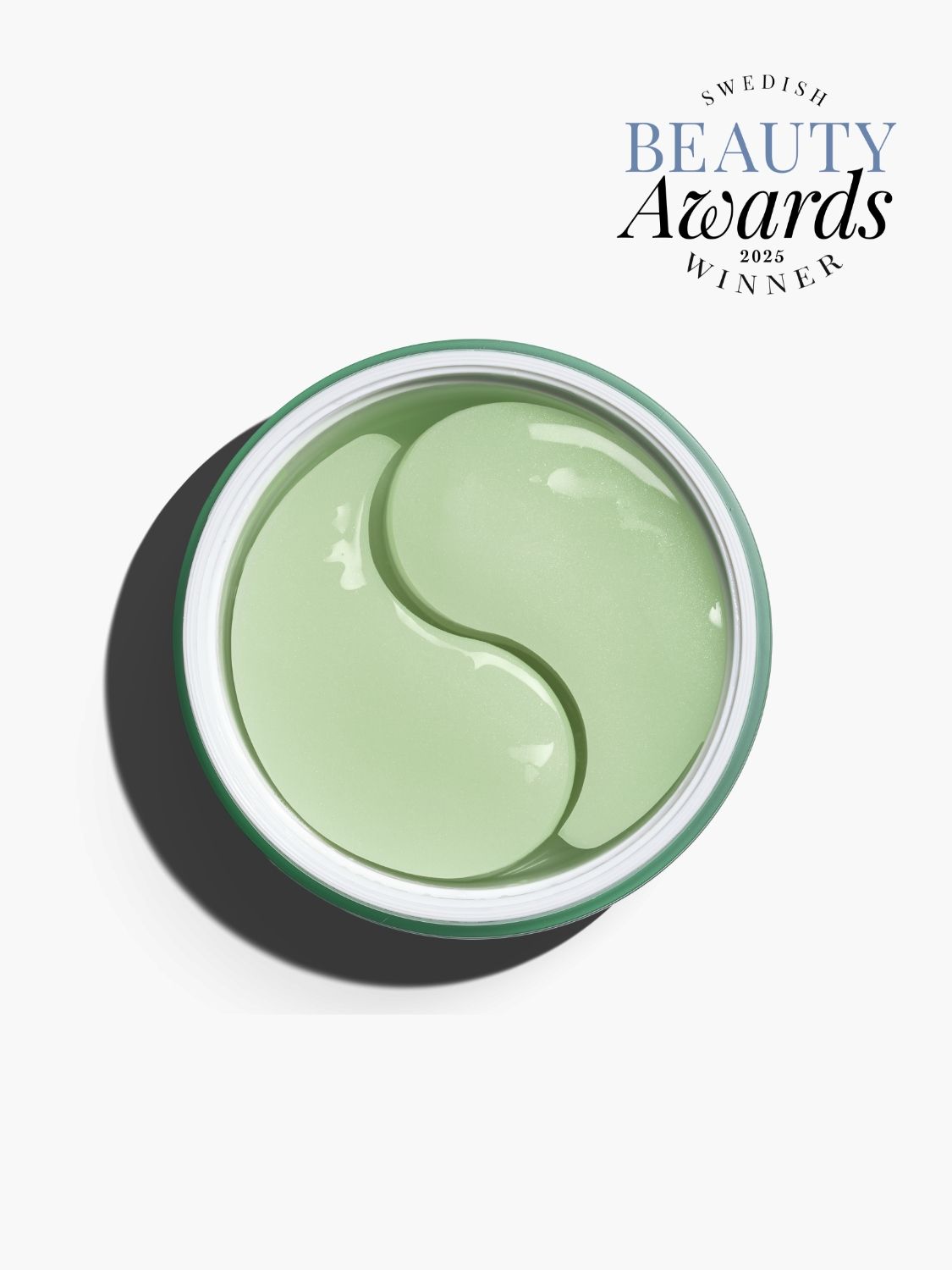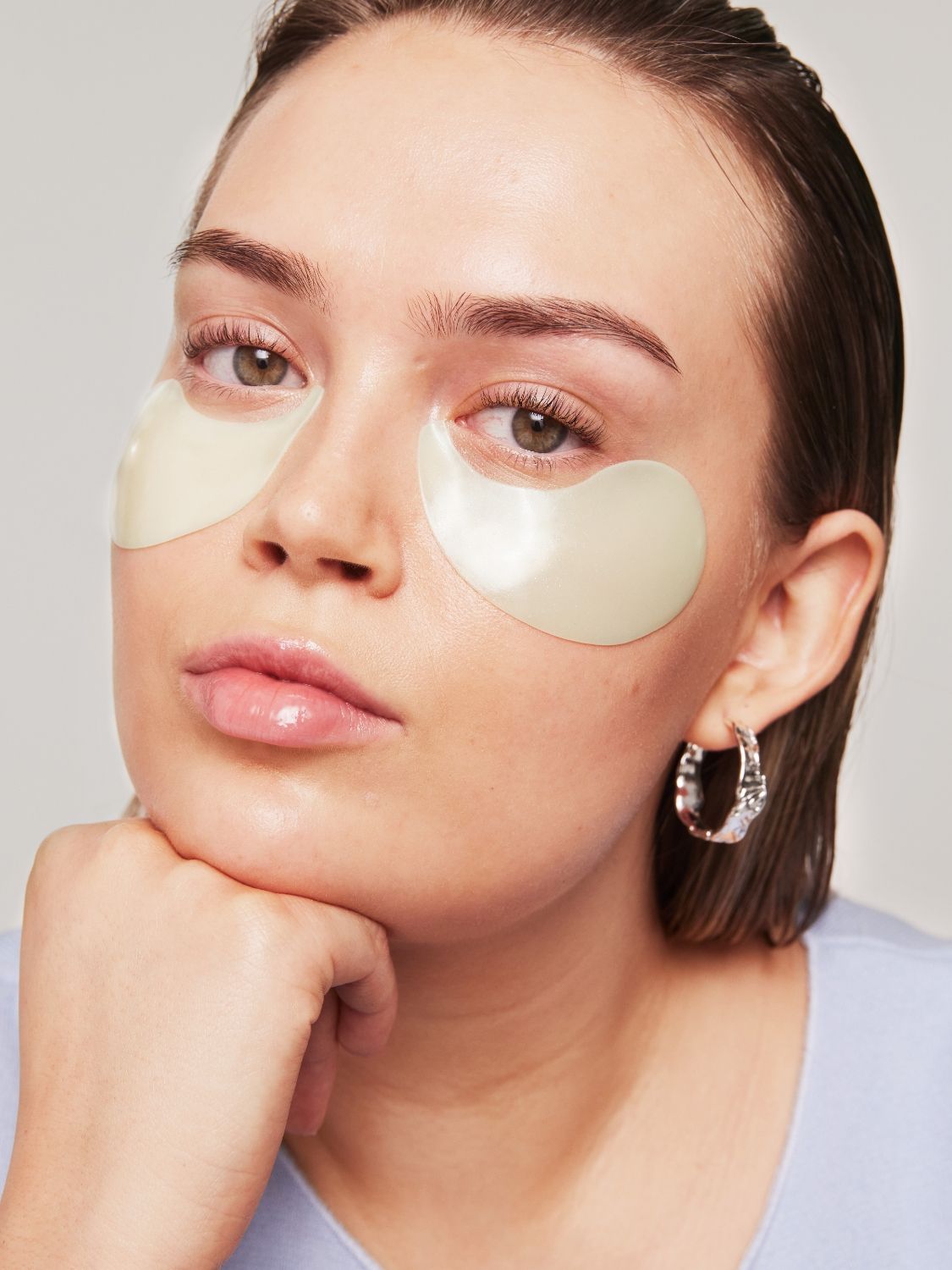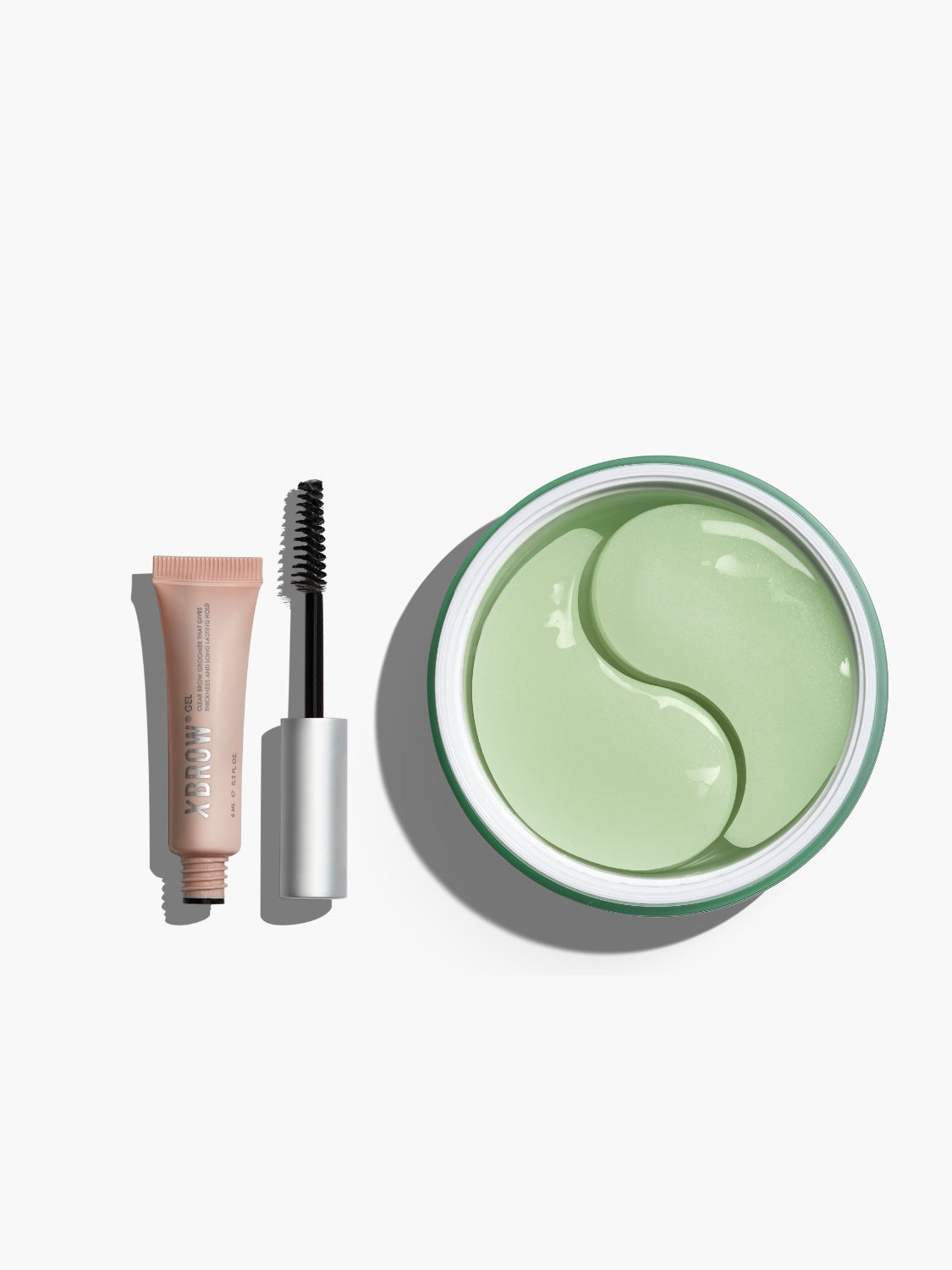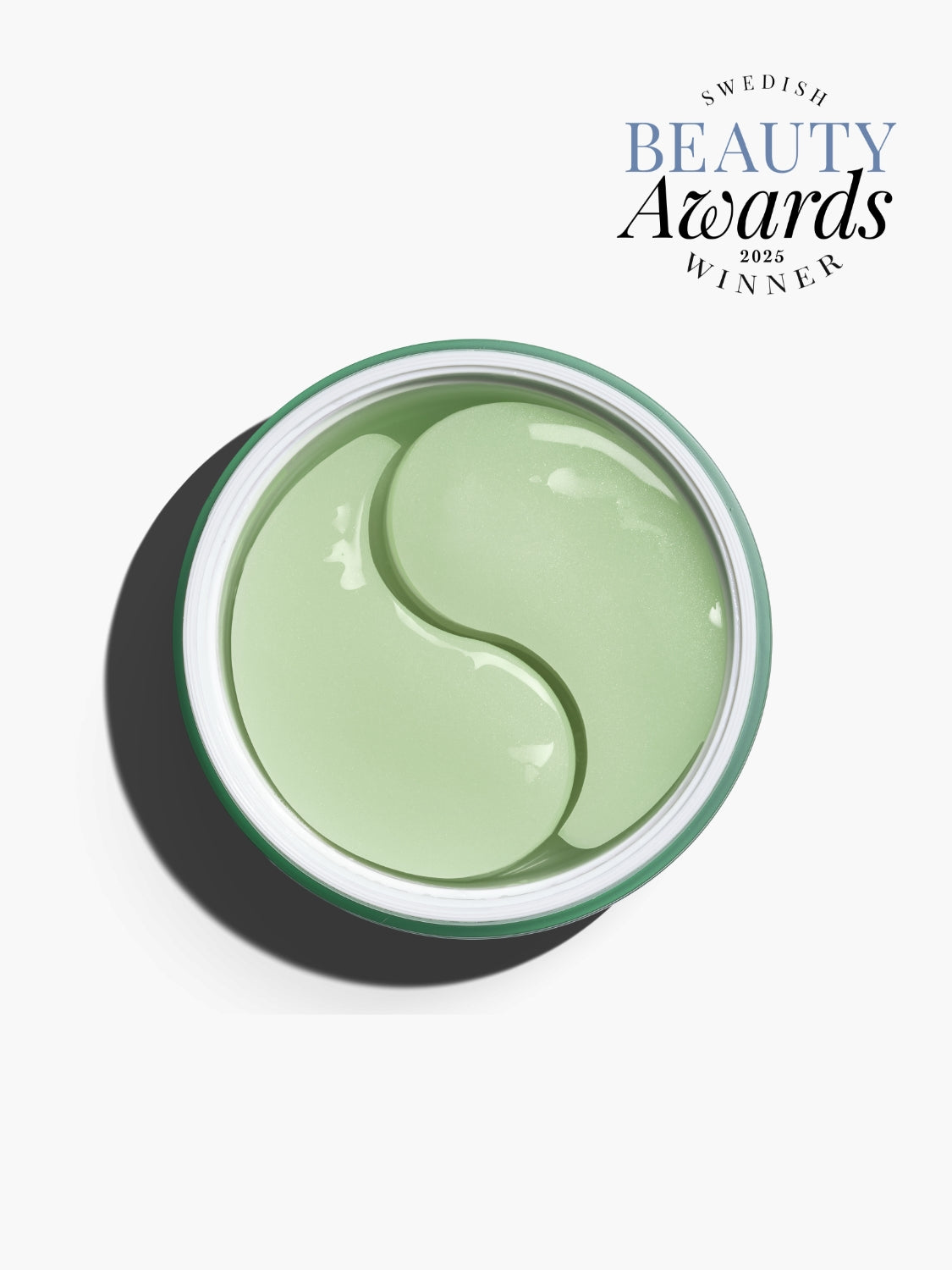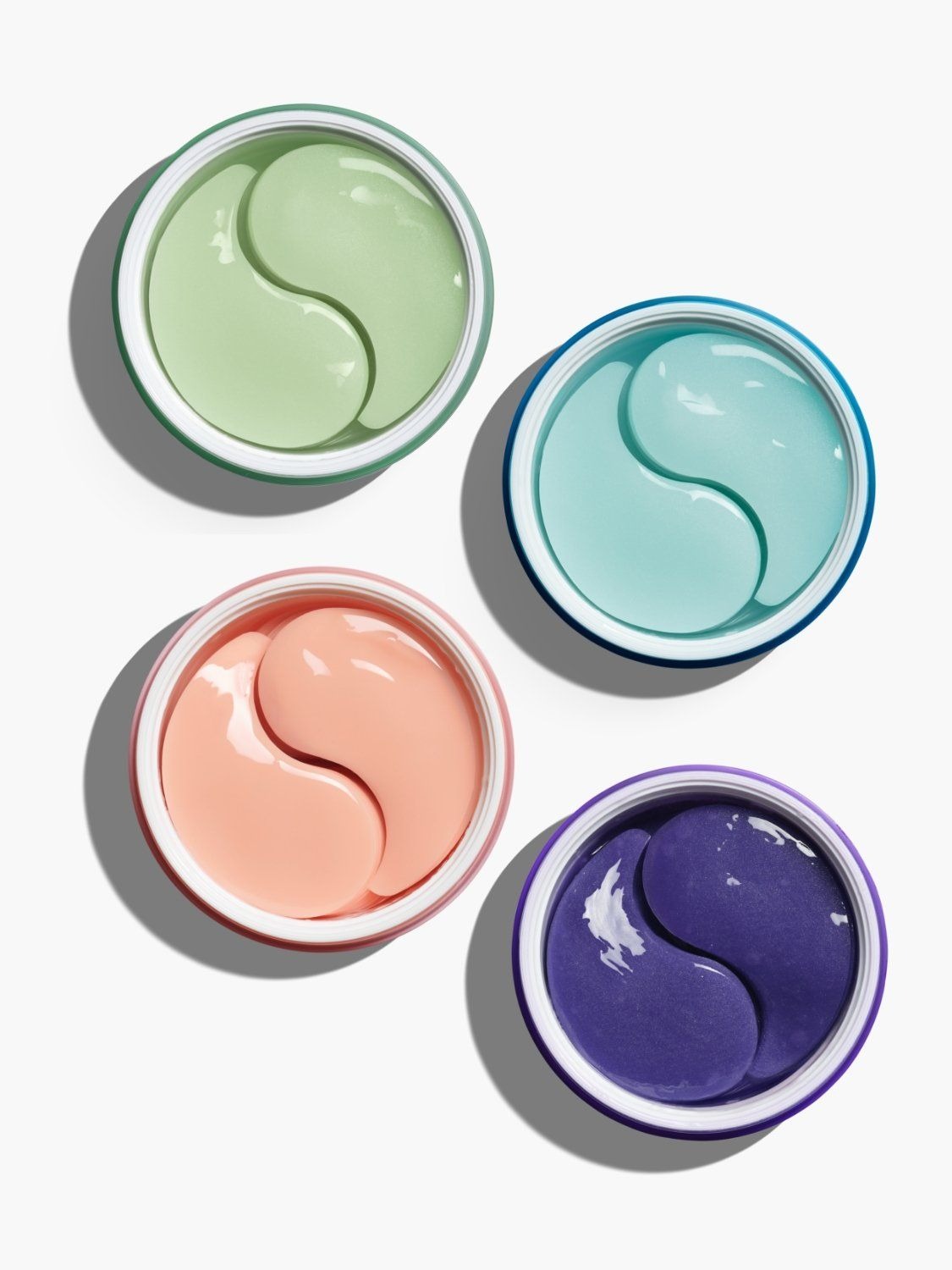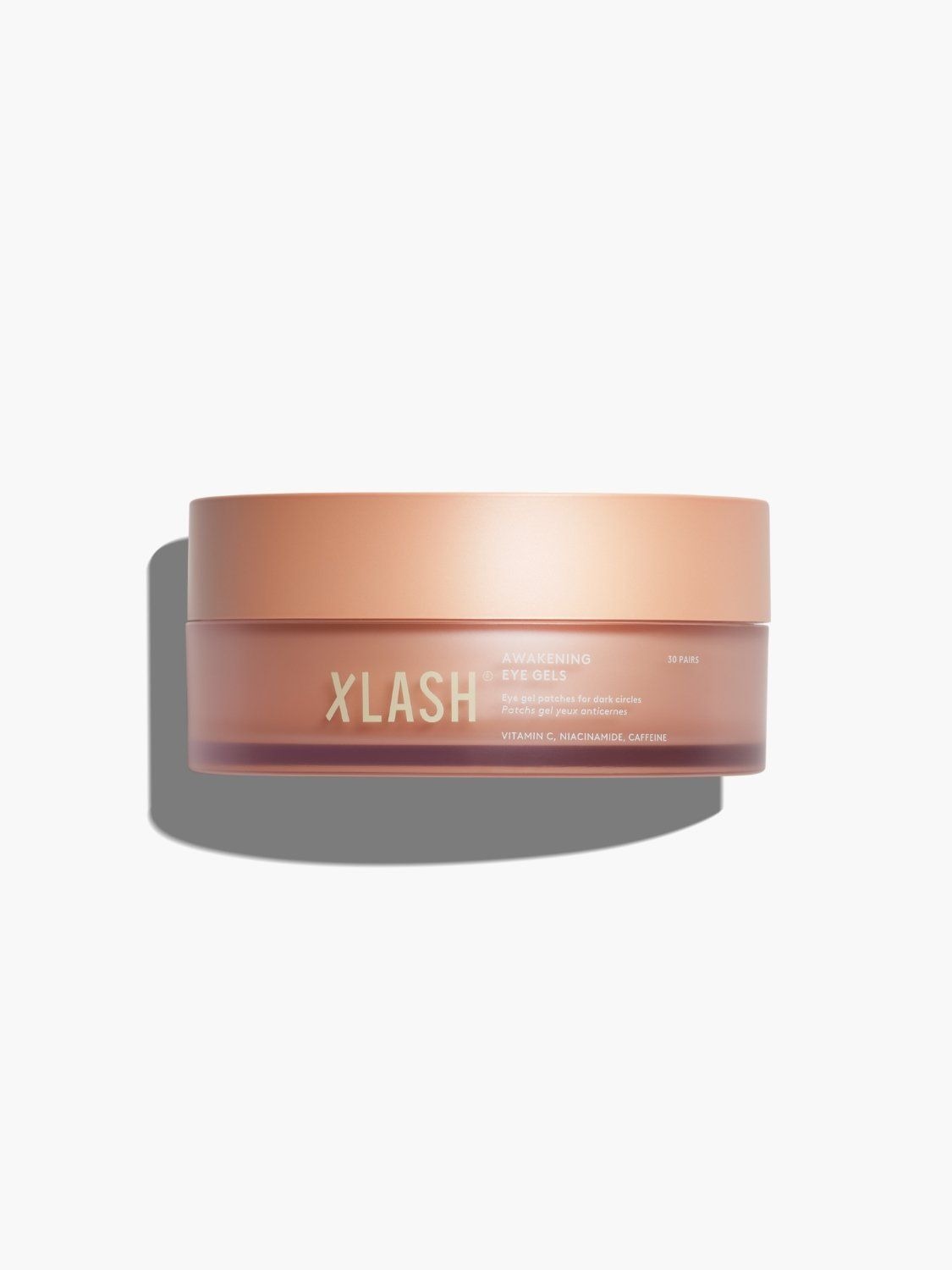Life can sometimes get in the way of everything including how much time we dedicate to ourselves. You go to work, you try to enjoy a social life, you deal with family commitments, all while remembering to eat and stay hydrated each day. Thoughts of self-care may always be present but then in reality unless you can put some time aside for yourself, those thoughts can sometimes remain unrealised.
The dream solution is to have all the time in the world, or to be able to wake up flawlessly ready for the day with next to no effort involved. Well why not have the best of both? There are a lot of hacks that promise to save you time in looking your best, and I decided to explore them to see if you can really have it all even when time is not on your side!
Ok, so first thing in the morning I figured there are two different types of people. Those that set an alarm early enough to get up, get ready and get breakfast, leaving just enough time for that all-important cup of coffee before leaving for work with plenty of time to spare. The other type is, well, far less organised, craving those last few minutes in bed and wondering if they just cut out one part of their morning routine, can they afford to have another five minutes snoozing their alarm. The second type of person is me. I should be ashamed to say it, but the reality is sometimes I am so busy that grabbing any amount of extra sleep is vital to my day. So for someone like me, the only way to deal with this morning dysfunctionality was to either change my routine, learn how to get up earlier and embrace the amount of time I now had to make myself look and feel great and prepared for a day at the office OR see if there were any shortcuts I could take that would leave me feeling equally as good and my co-workers none the wiser!
Hack Number One – Cleansing
I fully expect cries of “That isn’t a hack!” when going into this one but hear me out. When you can barely find time to put makeup on your face, cleansing in its deepest form isn’t really a priority. I would usually just use soap and warm water to cleanse my face each morning and it did the job I needed it to. But when I started to realise my skin was drying out and the actual condition of it wasn’t benefiting – it wasn’t bright or dull, but somewhere in between – I started to look into my own skin type and what would help me in the long run.
I started using a proper cleanser at night and some light moisturiser designed for combination skin and saw huge differences when I woke up in the morning. I still think less is more when it comes to moisturisers as my skin type can go one way or the other and in finding the perfect balance, I now wake up with skin looking dewy and smooth and definitely brighter.
And how is this a time saving hack? Well, it saves me so much time in the morning fretting over my dry cheeks and eyes, scrambling for the extra-hydrating moisturiser that I know is only going to leave my skin looking greasy by the end of the day. Those minutes I spend doing this at night save me countless minutes in the morning and that is why it is my number one hack!
Hack Number Two – Moisturising Masks
This one is a no brainer, as face masks for moisturising and hydration have been around for some time and they can help with all different skin types to keep faces looking smooth, skin look full and pores cleansed. I have tried hundreds of different masks and find it fits in so much with my day that it has become a time saving hack. I use a cucumber face mask as it isn’t oily and suits my own skin type, the smell is really fresh and they coolness really helps when I feel hot and bothered, especially in the summer months. As they take minutes to apply, they are perfect as once it’s on, you can carry on with your day or evening and leave it to do its all-important work while you prepare lunch or read a book.
But face masks are important, not just for cleansing and moisturising but for self-care. I keep mentioning self-care as I really believe that whether you are looking for time saving hacks or whether you have all the time in the world to spend on your beauty, self-care and taking some time for your own self is not only great physically but mentally too. When I apply my face masks, I choose whether to carry on with daily tasks or whether to sit in the bath and enjoy a glass of wine and unwind from the week. I can try to cut every corner possible but doing this at least once a week is really important for mental wellbeing and 30 minutes is really not that long to spend on yourself when the rewards are relaxation and clear skin. This one is a great hack, whether you use it to save time or not.
Hack Number Three – Sleep
So, the cleansing and moisturising hacks are all so important, but sleep will always top everything as far as beauty hacks are concerned. You would be surprised just how much a good night sleep can do for your skin and hair so its worth looking into if your skin is feeling dull, you have dark circles under your eyes and your face looks puffy in the morning. A time saving hack works over the long-term and not just in the short-term so sleep is the one that will save you hours in the future when it comes to your skin care.
How? Well, it’s quite simple really, while you sleep your body is recovering and your cells are regenerating to get you back into top physical condition for the next day. Think about when you are ill and you are told to get a good night’s rest or when you have an injury, it starts to feel better with each day after you have rested and slept. There’s also a reason they call it beauty sleep!
Getting into a good sleeping habit can be easy for some, and I definitely envy those people. I have always had trouble getting enough sleep at night but in recent years I have come to appreciate just how much it helps in the long run so I aim to get 7-8 hours of sleep a night to make sure I look and feel my best and perform to a high standard at work each day. If you can try to change a few things in your sleeping routine, you may just find that in the morning you start to save more time on your own beauty routine as you don’t need to worry about heavy concealers and dark makeup to disguise those eye bags. You can almost get up and go once you have been well rested and that is a hack you cannot put a price on!
Hack Number Four – Eyelash and Eyebrow Serums
This little hack has changed my beauty routine for the better and I wish I had my hands on some of these wonder serums before. I talk a lot about preparation for the next day and how if you can rework your nightly beauty and cleansing regimen, you can see the benefits over the long term and save yourself precious minutes each day and hours each week. And when I discovered Xlash Eyelash Growth Serum and Eyebrow Serum it basically saved me so much time when it came to applying mascara or painting on my eyebrows every day.
What do they do? Well, they both contain ingredients that encourage growth of the individual eyelash or eyebrow hair and keep the skin underneath as well as the follicles happy and healthy. My eyebrows especially started to suffer years ago when I gave in to the tweezer and the unfortunate trends of the last decade and since then they have never looked as full or shapely and quite frankly became a sorry mess that I could only hide under mountains of makeup that took me ages to get the hang of and even longer to apply. It was safe to say my eyebrows were not in great condition at all.
My eyelashes weren’t too far off either. Years of waterproof mascara had taken its toll on my lashes and they came out more often than they should and the only fix I could think of was actually damaging them even more. Curling eyelashes is good if you know what you are doing and keeping them healthy at the same time and I was just curling them and applying more mascara each time without thinking of the consequences.
Then someone suggested I try an eyelash growth serum and Xlash Eyelash Growth Serum soon landed in my beauty kit. Soon after that so did the Eyebrow Serum and I have never looked back. The reason that these wonderful little tubes are time saving hacks is because it literally takes seconds to apply and you can do it straight after cleansing at night and forget about it completely until you start seeing the results. My eyebrows and eyelashes started to look more vibrant, fuller and longer within weeks and all I had to do was spend mere seconds on it every night before bed.
I have naturally very dark eyelashes and eyebrows, so it was really noticeable and the changes in my attitude toward myself projected the change even further. Everyone has things about them that they dislike or are even ashamed of and mine were my thin and sparse lashes and brows. Now, I just need a little boost with mascara and maybe some pencil on my eyebrows to tidy them up a bit each day. Its crazy to think that I worried about these parts of my face so much and now I get compliments on my eyelashes and how long they are. If you’re after a time saving hack that helps you build confidence in yourself again, then these serums are definitely the way to go.
Hack Number Five – Eyelash Extensions
This little hack is becoming more and more popular all over the world now due to its convenience and how real eyelash extensions can look. The beauty of getting eyelash extensions is that when it comes to your morning routine, it is the ultimate time saving hack. Now, they do cost a few of those hard-earned pennies and to keep up with them and repeated appointments to fill them in as they start to fall out will set you back each time, however they are the quickest way to obtain natural (or extreme) looking eyelashes and usually are great to get just before a holiday or a big event so you don’t have to worry about that one thing in your regime.
I mentioned the confidence factor earlier, and if getting eyelash extensions can boost yours or make you feel that little bit better about yourself then it is definitely worth looking into. One of the great hacks is to use the eyelash growth serum at the same time, Xlash Eyelash Serum is perfectly safe to use with lash extensions and doesn’t harm them or have a negative effect on the adhesive that is used. What you may find is that after a couple of months, your natural lashes start to grow into their own and that you may not need that next appointment after all!
Hack Number Six – Two in One Products
This hack may be quite general but still important if it helps saves you those important minutes each day. One of my favourites is foundation or tinted moisturiser with SPF as this saves time especially in the summer months when you are out for a sunny lunch or a short trip and still want to look your best without the hassle and the added greasiness of sun creams and lotions.
It is so important to protect your skin from the sun and most people don’t even realise that even cooler but sunny days can still negatively impact your skin. And when you think about it, if you have been following any of the above or your own time saving hacks to get your face and skin looking and feeling silky smooth and even toned, the absolute last thing you want to do is ruin it by coming home lobster red and needing to stay indoors for the next week while you wait for your skin to calm down! Applying a safe tinted moisturiser or foundation with protection from the sun will save you plenty of time and from plenty of damage!
Another two in one product that I adore is a kohl eyeliner pencil with a built-in smudge stick or sponge to give you the option of a smoky eye everywhere you go. I don’t know about you but when I’m in my early morning rush to get ready, I like to look great but spend as little time doing it as possible. Eyeliner is a must have for me and this handy little option is great as when I make an inevitable mistake, I can just correct it with the smudge stick, and no one will be any the wiser that it wasn’t the look I planned. Sneaky.
Hack Number Seven – Gel Eyeliner Pens
What a godsend these products have been! I really cannot live without my eyeliner, and when I leave the house each morning for work, I like to make sure my skin is clear from blotches and blemishes and that I have some definition to my eyes. I just don’t like to spend too long on it and need the convenience that allows me to look good and feel like I have invested plenty of time instead.
It is definitely an easier feat when it comes to liquid eyeliner pens and I would shout it from the rooftops if I could. Eyeliner on its own can be a hard thing to master, but once you have it down, it tends to be natural to stick to the same colours, shapes and styles without room (or time) to experiment. With a Kohl eyeliner pencil, you can make as many mistakes as you want if you are after a more raw and edgy look as it is not so defined but adds the shade needed to make eyes pop.
Gel or liquid eyeliners are fantastic for definition and you can create a cat-eye look or a dainty wing depending on what look you are feeling that day. If I’ve had enough of the accidental smoky eye for one day, I tend to lean more toward a gel liner but with limited time in the morning, the best way forward is a liquid pen eyeliner. As well as specialising in eyelash and eyebrow growth serums, Xlash have also developed a carbon black eyeliner pen that is so convenient for rushed mornings or even preparation for a night out when you have more time to be precise. I find it really easy to use the pen to draw out the shape that I want and then fill it in, leaving me with a defined wing that tells everyone I have perfected the art of eyeliner when it actually did most of the work for me!
Get your hands on one of these eyeliner pens if you are like me and in a rush all the time. And take it with you for a bit of a glam extension to your winged eyes for those last-minute decisions to grab some after work cocktails. Perfect!
Hack Number Eight – Dry Shampoo
I can happily finish on this one hack as the face is taken care of so now its time to think about your hair. I don’t understand how I see women everywhere with hair that looks like they have had their own personal stylist follow them around all day. Hair that is full of life and bounce and looks like it is freshly washed at every minute of the day. Impossible! But maybe they have learned their own hacks that I just haven’t discovered yet. My only hair hack is my beloved dry shampoo and some creativity with a messy bun.
Dry shampoo is great for people like me who have thick hair and washing it too frequently takes up way too many hours of the day. For those in between days where I need to give my hair a little boost, I grab my dry shampoo and give a little bit of life to see me through the day at the office. But sometimes those spontaneous after work cocktails are too good to turn down and dry shampoo alone just won’t cut it. So, my little hack is to get creative with messy up-dos, top buns and plaits, this way, when you are getting into your night and you want to let your hair down, you can really let your hair down! The dry shampoo leaves it looking silky and not greasy and the up do helps fix the style into place, so you get left with beachy waves to see the night through! Just don’t forget to set some time aside to give your hair a good scrub as dry shampoo won’t last forever and it can get irritating on the scalp.
Without these time saving beauty hacks I would be turning up to work looking like a dishevelled mess every day, and I do need to start working on my preparation more so that my hair, skin and lashes don’t only look in great condition but are actually in the best condition. Maybe one day I will learn but until then, it’s more fun to leave everyone guessing as to how long I spend on my look each day!

